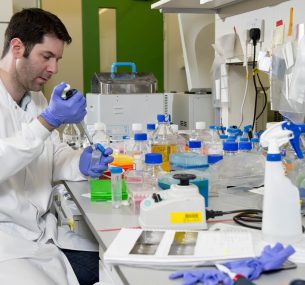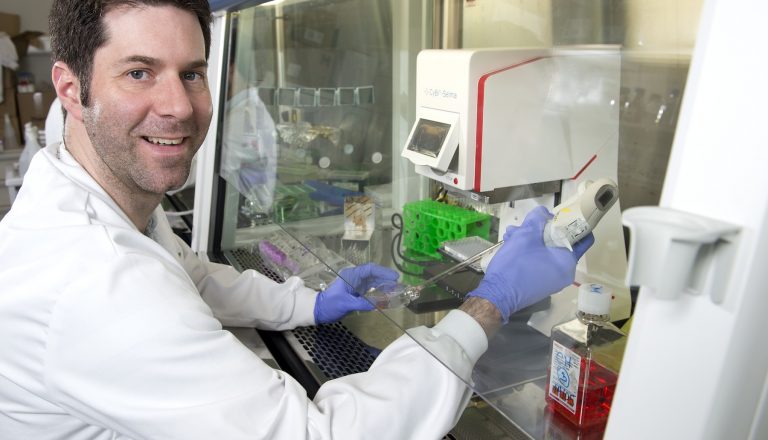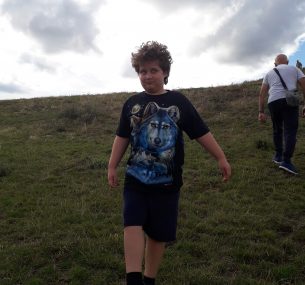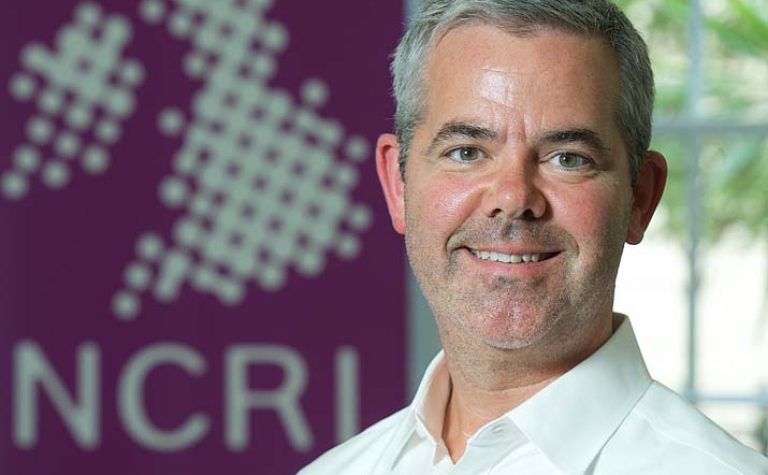Notes to the editor About Children with Cancer UK Children with Cancer UK is the leading national charity dedicated to research into childhood cancer. We fund research into the causes and treatment of childhood cancers and provide funding for support for families affected by childhood cancer. We have accelerated breakthroughs to improve childhood cancer survival rates and find kinder, more effective treatments with fewer toxic side effects. This ground-breaking research, which would otherwise go unfunded, saves the lives of children with cancer.
About childhood cancer and Children with Cancer UK’s impact Every day in the UK, 12 children and young people are diagnosed with cancer. Fifty years ago, only 30% of children with leukaemia survived, and for most other forms of childhood cancer survival rates were even lower. Today, thanks to our supporters and the dedication of visionary researchers like those we fund, more than 80% of young patients can be successfully treated. More vital research is needed though as there are still a number of cancers affecting children and young people with low survival rates and life-limiting side effects. Cancer remains the single largest cause of death from disease in children and young people in the UK.
About the research The research was funded by a grant from Children with Cancer UK and undertaken by The University of Edinburgh, starting in April 2016 and lasting for four years. The funding amount was £357,589. The research was led by Professor Steven Pollard, a CRUK Senior Research Fellow at the University of Edinburgh and his world-class laboratory at the Centre for Regenerative Medicine.
About the Centre for Regenerative Medicine at the University of Edinburgh’s Institute for Regeneration and Repair. The Centre for Regenerative Medicine (CRM) is a research centre based at the University of Edinburgh’s Institute for Regeneration and Repair. Scientists and clinicians study stem cells, disease and tissue repair to advance human health. By better understanding how stem cells are controlled and how diseases develop in a lab environment, they hope to find new ways to treat patients. Research at the Centre is aimed at developing new treatments for major diseases including cancer, heart disease, liver failure, and degenerative diseases such as multiple sclerosis and Parkinson’s. The Centre is located in the Edinburgh BioQuarter, a site shared by the Royal Infirmary Hospital and the University’s Clinical Research facilities. This makes it ideally placed to translate basic science into clinical therapies.
Brain Tumour Awareness Month Brain Tumour Awareness Month, taking place this March, is a month to raise awareness of the devastating impact of brain tumours and to raise funds and help to support people suffering from this disease. Brain tumours claim more lives than any other childhood cancer. For those that survive, the outlook is discouraging, with up to two thirds of survivors left with moderate to severe disabilities. This Brain Tumour Awareness Month Children with Cancer UK wants to raise awareness of the devastating impact of brain cancer on children and highlight the research we’re funding to improve survival rates and develop less harmful treatments. For further details please visit the following
link.






